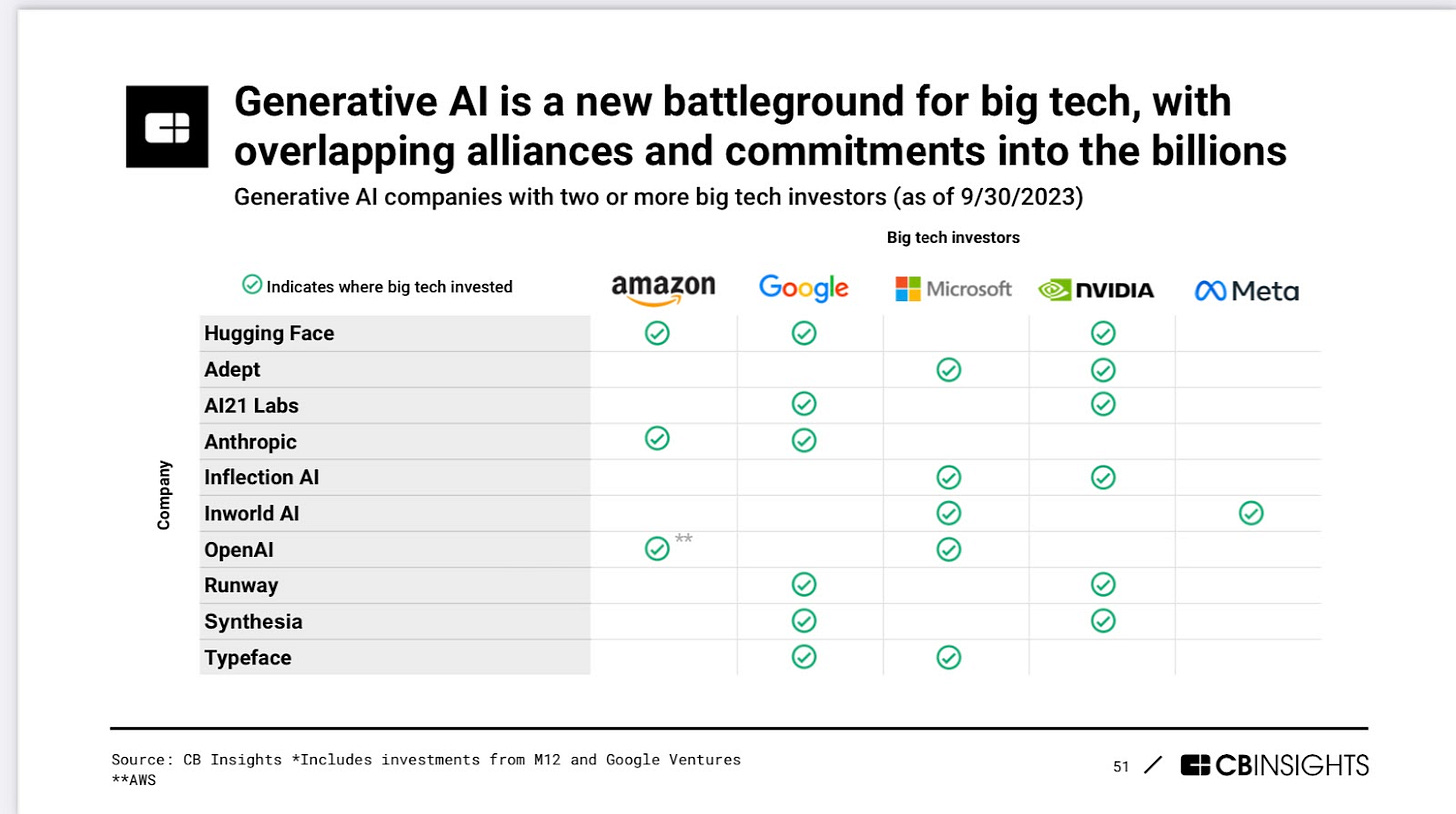The OpenAI Saga: What Comes Next?
You thought Sam Altman’s, OpenAI’s, and Microsoft CEO Satya Nadella’s past several days were dizzying?
Imagine what OpenAI’s partners and rivals were thinking. Actually, you don’t have to imagine too much about its rivals.
“Come run with us,” was the X post by Mustafa Suleyman, CEO of OpenAI rival Inflection, appearing to invite OpenAI staffers and client/partners to consider a move.
Not so fast, Suleyman. It seems Altman’s return to the CEO seat will stabilize OpenAI’s stakeholders, investors, and partners — for now.


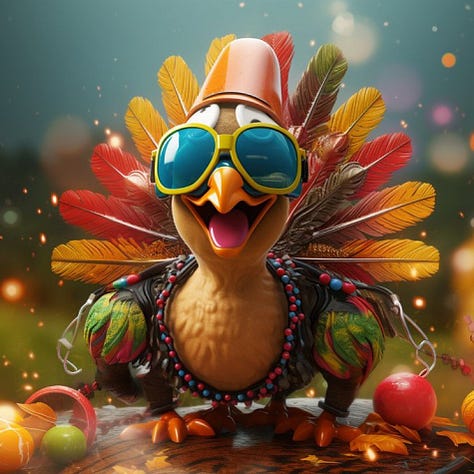

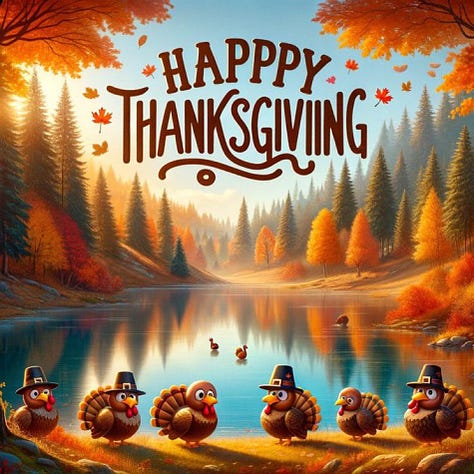
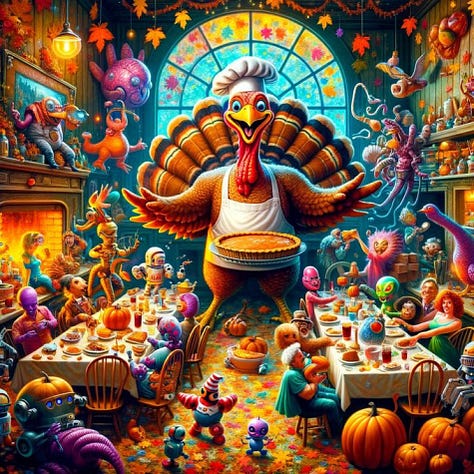

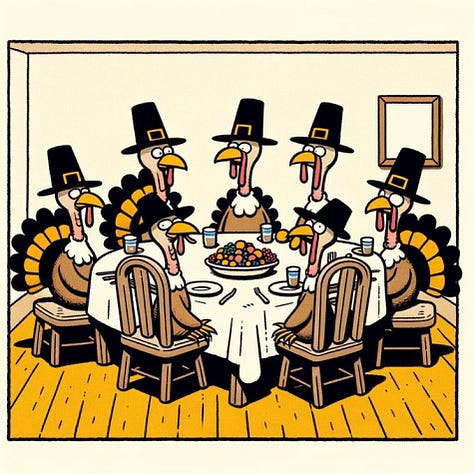

The promise that OpenAI’s ChatGPT and DALL-E have ushered in for brands and agencies from a creative generation standpoint has little precedent. The world has been dazzled by Altman and OpenAI. It’s hard to imagine its leadership position being supplanted by Google Bard, Meta’s Llama, or Amazon’s efforts — much less Inflection’s.
Still, trust in the leading generative artificial intelligence developer has been shaken.
Those established tech giants have a greater chance to reposition themselves against OpenAI. But the real leaps in value are likely to be at the startup level.
This is the time for OpenAI’s marketing and media partners to explore and diversify their AI alliances.
Who Are OpenAI’s Rivals?
Even before the controversies this past week, OpenAI’s stance as the go-to for brands, agencies/consultancies and SMBs (small and medium-sized businesses) seeking AI collaborations wasn’t going to go unchallenged. The boardroom upheaval is a wake-up call to the entire industry from OpenAI itself, to its rivals.
It is also a warning to marketers seeking their own advantage in the AI race: over-reliance on a single entity is risky when it comes to any tech service. But as with anything, AI’s power heightens those risks.
Here is a list of some of the AI providers every brand should know:
Anthropic: Focusing on AI safety and scalability, Anthropic is emerging as a key player. Their commitment to ethical AI development makes them a valuable partner for brands prioritizing responsible AI use.
Hugging Face: Known for its open-source approach, Hugging Face fosters a collaborative AI development environment. This could be advantageous for companies seeking transparent and community-driven AI solutions.
Stability AI: With a focus on deep learning and neural networks, Stability AI offers innovative solutions in image and language processing, appealing to media companies looking for cutting-edge AI tools.
Runway: Runway is an applied AI research company shaping the next era of art, entertainment and human creativity.
Cohere: Cohere’s language models offer a range of applications from content generation to customer service automation, suitable for brands seeking versatile AI tools.
Okay, now that you have the list, here are the distinctions that marketers should weigh when looking at the best AI tools for their enterprises:
Diversification: Avoid dependency on a single AI partner. A diversified portfolio of AI collaborations can ensure stability and access to a broader range of innovations.
Ethical Alignment: Partner with companies that align with your brand’s ethical standards, especially in AI development and usage.
Innovation vs. Stability: Balance the pursuit of cutting-edge technology with the need for stable and reliable AI solutions. Smaller, innovative firms can offer unique capabilities, but larger, established players may provide stability.
Customization and Integration: Look for AI partners that offer customizable solutions that can seamlessly integrate with existing systems and business processes.
Community and Support: Consider the community and support ecosystem of the AI partner, especially for open-source collaborations.
Over the past year, marquee names like Coca-Cola, Nestlé, Oreo-maker Mondelez, Shopify, and ad agency holding company WPP Group have all tapped OpenAI for ad campaigns. Which of the developers above will be able to capitalize on OpenAI’s ups and downs?
If you’re a brand or media company, reach out and let me know if you’re reconsidering your AI relationships.


